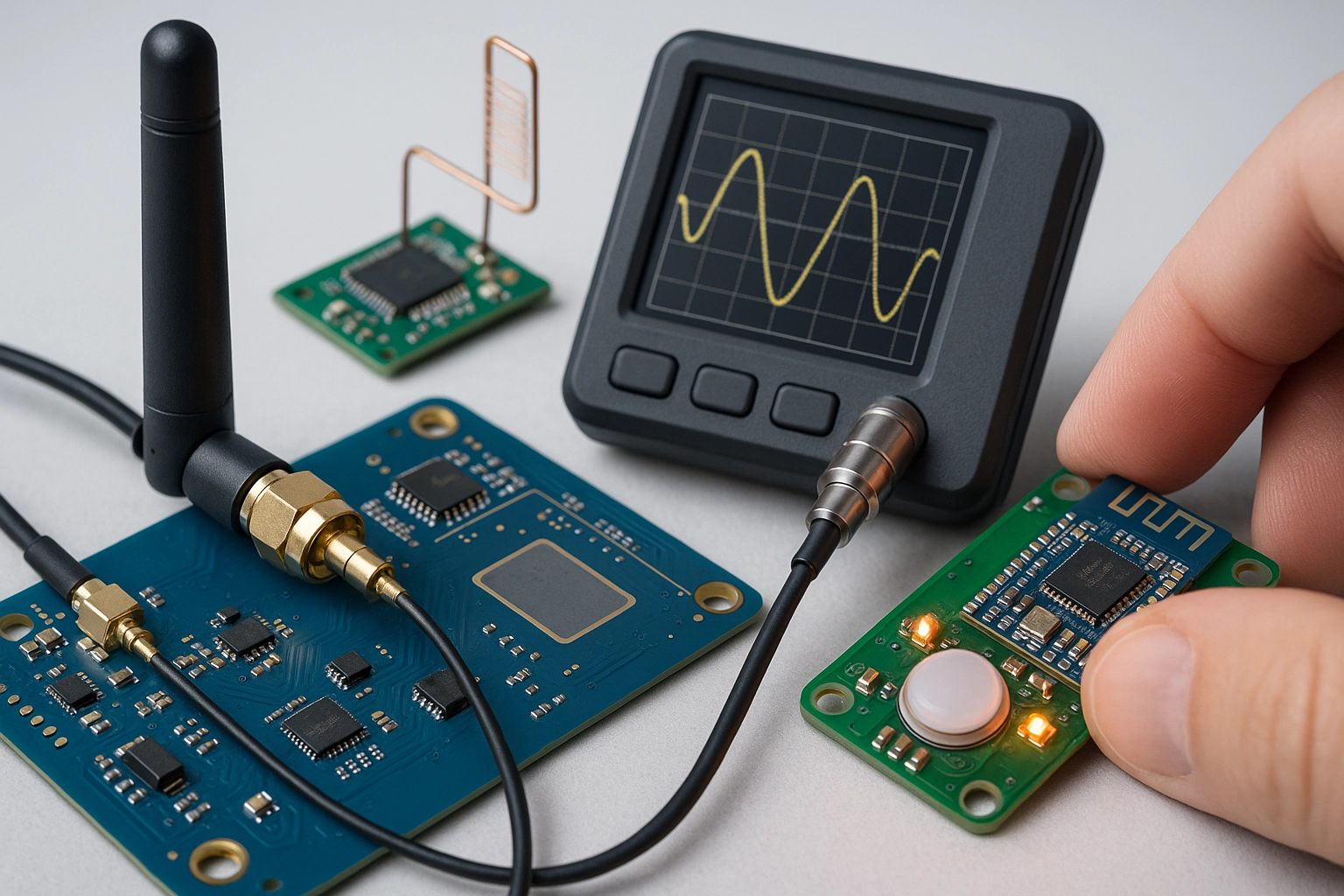IEEE 802.11ad mmWave Automotive Wireless Test
The IEEE 802.11ad standard, also known as WiGig, operates in the mmWave frequency range (60 GHz) and offers a theoretical maximum data rate of up to 7 Gbps. This makes it an essential technology for the automotive industry, especially as vehicles become more connected with advanced infotainment systems, autonomous driving features, and over-the-air software updates.
The mmWave band provides high bandwidth and low latency, which are critical for real-time data transfer in vehicular networks. This capability is crucial for enhancing vehicle-to-vehicle (V2V), vehicle-to-infrastructure (V2I), and vehicle-to-everything (V2X) communication systems that are central to the development of smart cities and autonomous vehicles.
Our laboratory specializes in providing comprehensive testing services for automotive manufacturers, suppliers, and R&D teams. Our state-of-the-art facilities ensure that all tests meet or exceed industry standards and regulatory requirements set by organizations such as IEEE, SAE International, and ISO.
The mmWave band's high frequency comes with unique challenges, including atmospheric attenuation and line-of-sight propagation issues. To address these, our laboratory employs sophisticated test equipment capable of simulating real-world conditions that vehicles might encounter on the road. This includes testing in various environments such as urban, suburban, rural, and highway settings.
Our testing process involves a series of steps to ensure robust performance under all conditions:
- Preparation: The specimen (vehicle or its wireless components) is prepared according to the manufacturer's specifications. This includes ensuring that all hardware is correctly installed and that software is up-to-date.
- Simulation: Real-world scenarios are simulated using controlled test environments. These include urban canyons, tunnels, and other challenging conditions where signal strength might be reduced.
- Data Collection: Various parameters such as throughput, latency, signal-to-noise ratio (SNR), and error rates are measured during the tests. This data is collected continuously to ensure consistent performance across different scenarios.
- Analysis: The collected data is analyzed using advanced software tools to identify any areas of concern or potential improvements needed for the vehicle's wireless systems.
The results of these tests are critical in validating that the mmWave technology meets the stringent requirements set by automotive OEMs and suppliers. These tests also ensure compliance with relevant international standards such as IEEE 802.11ad, SAE J3762, and ISO/IEEE standards.
By leveraging our expertise in mmWave testing, we provide peace of mind to manufacturers and R&D teams that their products will perform reliably under all conditions. This is crucial for the success of future autonomous vehicles and connected car technologies.





